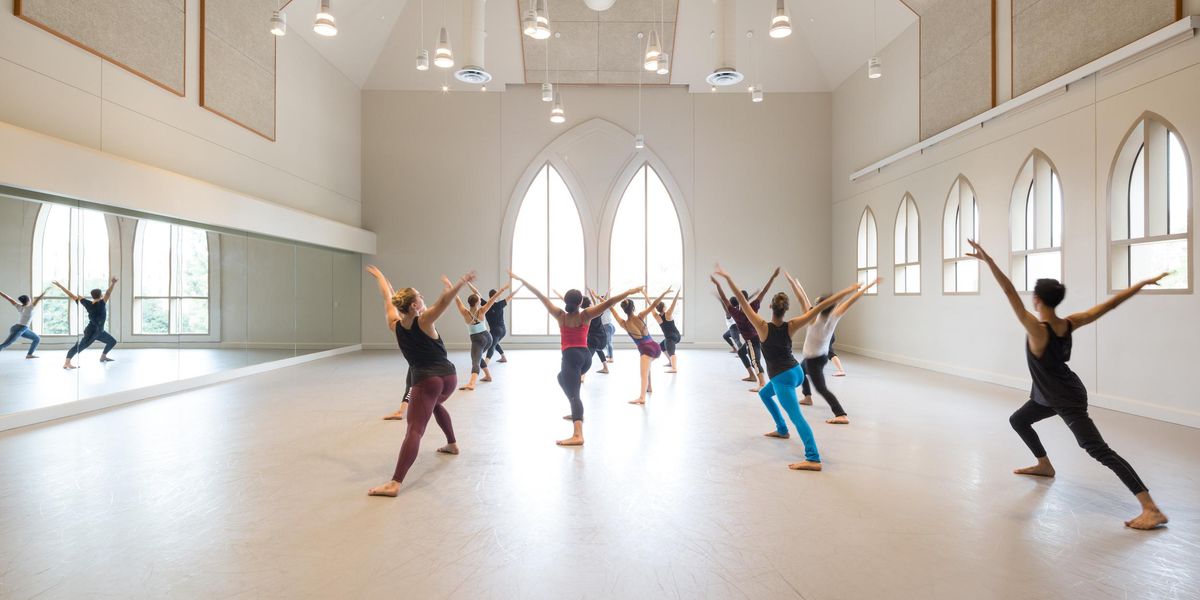Center for Ballet and the Arts hopes to help ballet move forward
Jennifer Homans raised eyebrows when she delivered ballet’s eulogy in Apollo’s Angels, her 2010 book on the history of ballet. Today, when she reflects on writing the phrase “I now feel sure that ballet is dying,” Homans says, “I was trying to make people think, but I was also saying what I was feeling. In light of what I had learned in the last decade studying history, I was trying to figure out, Where are we?”
Now, she wants to do her part to prevent the art form from flatlining. In September, Homans opened New York University’s Center for Ballet and the Arts, a research institution for exploring new ideas in ballet. The Center will fund several full-time and associate fellows per semester with the help of a $2 million grant from the Andrew W. Mellon Foundation and additional support from NYU, including office and studio space and some administrative salaries and operational costs.
Fall fellows included former New York City Ballet dancer Heather Watts and Trey McIntyre Project co-founder John Michael Schert. Homans has also recruited dance outsiders from different disciplines to help reinvigorate ideas in ballet. Filmmaker Frederick Wiseman, for instance, has chosen to work with choreographer James Sewell to turn one of his films into a ballet. Spring fellows will include Oxford English professor Susan Jones, choreographer Béatrice Massin and composer Scott Wheeler. Public programs so far have included a master class and discussion with Mark Morris and a conversation with Alexei Ratmansky, moderated by New York Public Library’s LIVE from the NYPL curator Paul Holdengräber. Events like these will be offered regularly. “My real focus is on creating space for artists and scholars to work and creating a public conversation around ballet and the arts,” says Homans. “Ballet is never just itself.”
The center’s success, says Homans, can only be measured by how artists are stimulated by their experiences. “I don’t need to see that we’ve created three ballets or four books in the course of a year,” she says. “If 10 years later, someone creates some great work, whether it’s scholarship or a dance, and they say time spent at the center somehow informed this—terrific.”




